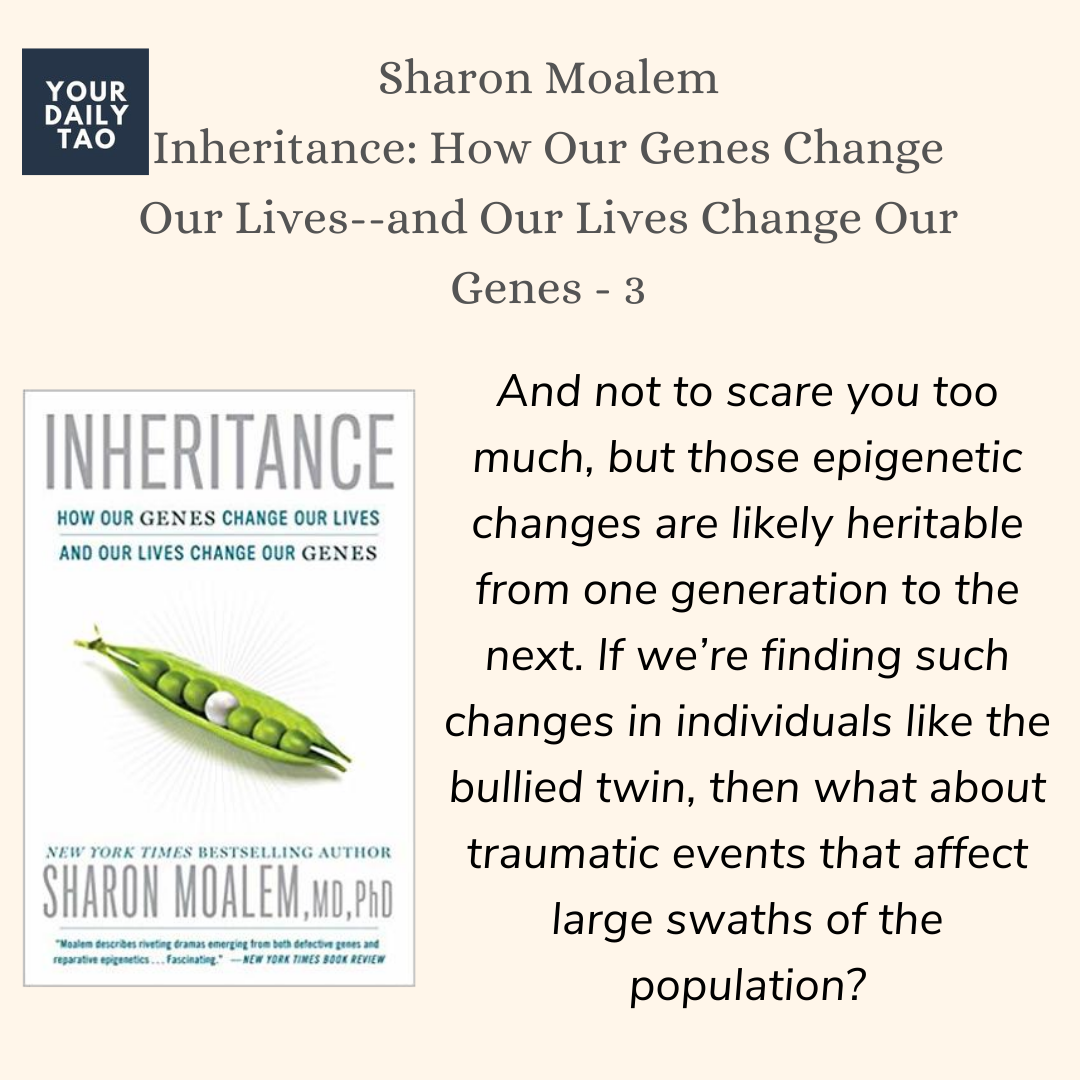Imagine the freedom of escaping your genetic inheritance. Envision the possibility of leaving behind any genes that put you at risk for a multitude of cancers. Okay, there’s only one small catch. You would need to have Laron syndrome. Untreated, most people with this condition are typically less than 4 feet 10 inches tall, have a prominent forehead, deep-set eyes, a depressed nasal bridge, a smallish chin, and truncal obesity. We know of around 300 people in the world who have this condition, and about a third of them live in a small number of remote villages in the Andean highlands of Ecuador’s southern Loja Province. And they all appear to be virtually immune from cancer. Why? Well, to understand Laron syndrome, it’s helpful to know a bit about another genetic condition—one that exists on the opposite side of the spectrum, called Gorlin syndrome. People with this disorder are susceptible to a type of skin cancer called basal cell carcinoma.* While basal cell carcinoma is relatively common among adults who have spent a good portion of their lives in the sun, people with Gorlin syndrome can develop this type of skin cancer in their teens and without much sun exposure. About one in 30,000 people are affected by Gorlin syndrome, though many are thought to go undiagnosed. Usually you don’t know you have it until you or someone in your family gets diagnosed with cancer. There are, though, a few visual dysmorphologic clues that are occasionally present and that you could probably easily identify. These include macrocephaly (a large head), hypertelorism (wide eyes), and 2-3 toe syndactyly6 (webbed second and third toes). Other common diagnostic features include small pits on the palms and uniquely shaped ribs that can be seen on a chest radiograph or X-ray. So why are people with Gorlin syndrome so sensitive to getting malignancies, such as skin cancer, without exposure to sun? To answer that question I need to tell you about a gene called PTCH1. Our bodies typically use this gene to makes a protein called Patched-1, which plays a crucial role at keeping cellular growth in check. But when a protein called Sonic Hedgehog* comes along in Gorlin patients, whose Patched-1 is not working properly, it releases the hold on growth that would usually be there and that makes cells free to divide. And divide. And divide. This, of course, is a problem, because as we’ve now seen many times, unrestricted growth is like cellular anarchy. And unfortunately, cancer can result. Okay, so what does Gorlin syndrome teach us about Laron syndrome? Essentially, Gorlin syndrome represents, in a way, the genetic inverse to Laron syndrome. Whereas in one there is a promotion of cellular growth, the other experiences cellular growth restriction. Laron syndrome is caused by mutations in the receptor for growth hormone. This makes people with Laron syndrome insensitive or immune to it—one of the reasons they are often quite short. Rather than the cellular anarchy seen in people with Gorlin syndrome, in those with Laron syndrome there is a stranglehold on growth, a form of extreme cellular totalitarianism. Now, politically you might have some reservations about totalitarianism as an ideology, but from a purely biological perspective it has been incredibly successful. If it weren’t, you wouldn’t be here reading this right now. Neither would I. Neither would any of the other multicellular organisms on this planet. Because, like you and me and all the other multicellular creatures, we are the product of biological totalitarianism that promotes cellular obedience at all costs, an obedience enforced by receptors on the surface of any potentially misbehaving cells that result in cellular seppuku or hara-kiri—a programmed type of cell suicide known as apoptosis. Like samurai warriors who become dishonored, cells that have the impudence to have greater aspirations than just being one in a crowd of many trillion are programmed and occasionally commanded to end their own lives. By this same mechanism, cells that are infected with pathogens can also sacrifice themselves to protect the body from microbial invaders. It’s also the same mechanism we learned about previously that frees our fingers and toes from the webbing that’s there during development. If those cells don’t die—as happens in some genetic conditions—you can end up having mittens for hands. Which is why, as in all things, equilibrium is crucial. Processes that restrict growth need to be constantly balanced with times when growth is needed. Just think about every time you’ve sustained an injury, be it a simple cut or a much more serious accident. Consider the entire repair and remodeling your body did—automatically. All of this is a process of the balance being struck, millions upon millions of times each day, between cellular life and death.
Another heavy (also final) passage but I find this part of the book pretty memorable. Like most things in life, our bodies function at an equilibrium. The same processes controlling the growth of our bodies can also be induced to increase the chance for cancerous growth. Now, whether we are able to eventually split and control these processes to our benefit is a separate issue.
But most of the times, we live in a world where we find the best trade-offs we can get, and try to find the balance between both extremes. It seems our biology is also a reflection of that.









